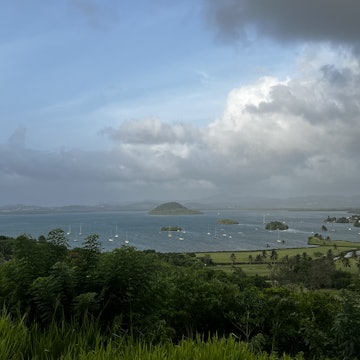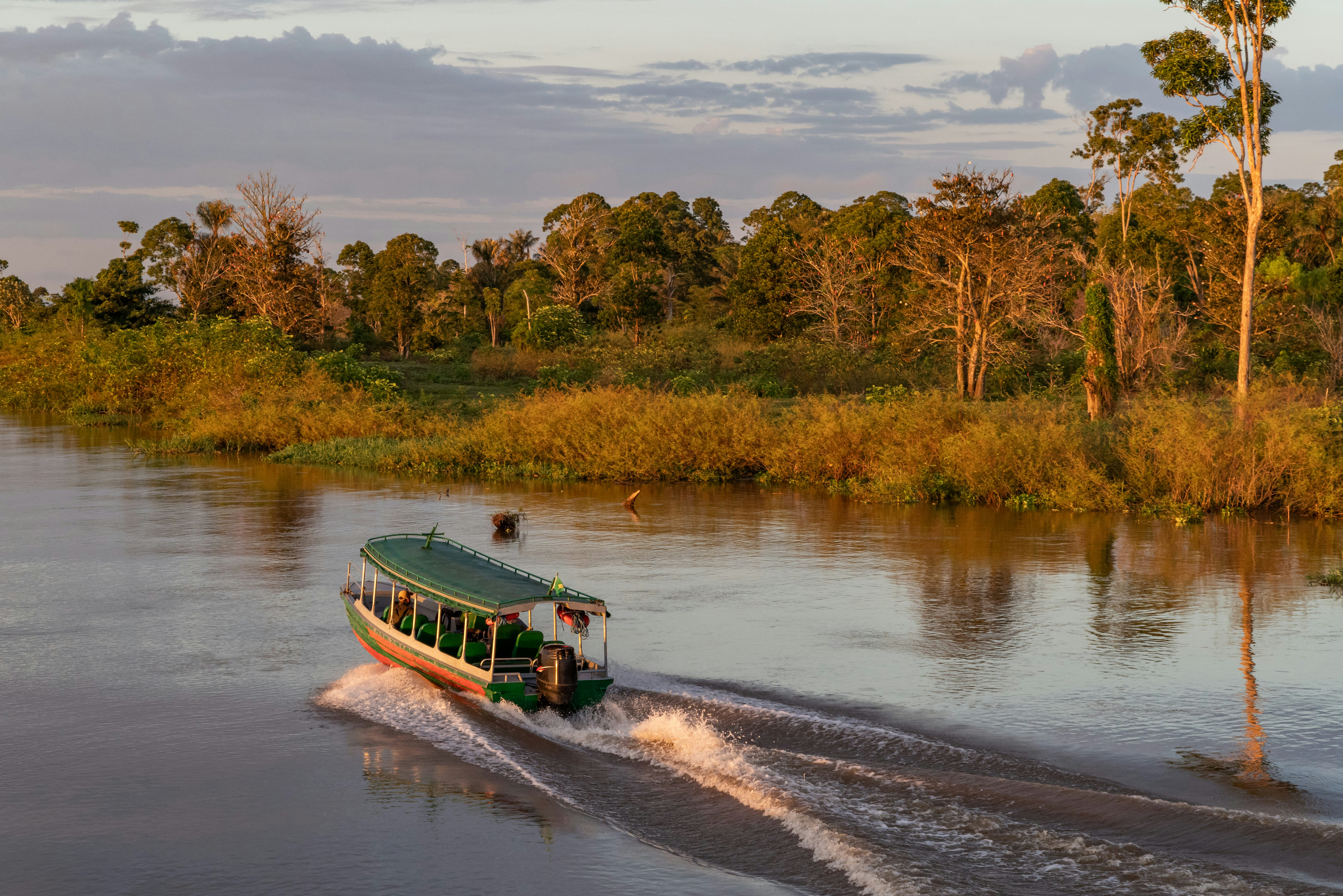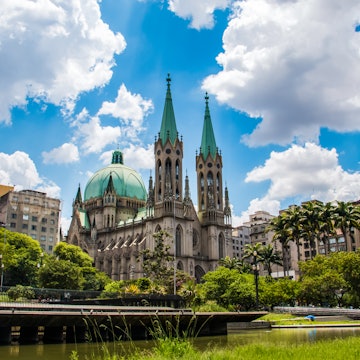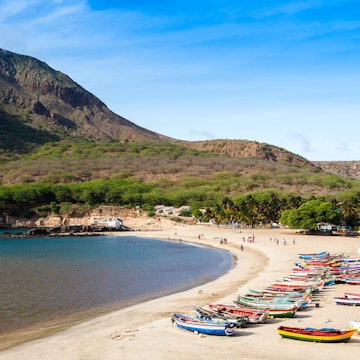

The best time to visit Brazil depends on what kinds of experiences you want to have in the continent-size country. lazyllama/Shutterstock
In the largest country in South America, there’s always something fabulous happening. Yet before you can decide on the when of your Brazil visit, you have to think about the where.
Do you see yourself riding a cable car over the beaches of Rio de Janeiro or aboard a boat on the Amazon River? Maybe you’re taking an urban approach in the megalopolis of São Paulo, venturing through the northeast’s coastal deserts or traveling all the way to the country’s edge to gawk at the massive Iguaçu Falls, the world’s largest waterfall system.
Home to diverse climates and seasons, Brazil has many dream destinations with their own weather systems and rainy and dry seasons. And if you aspire to attend one of the country’s legendary festivals, you can trust that nobody parties like Brazilians – rain or shine.
Whether you prefer to dodge the crowds by traveling in the low season or dive head-first into the exuberant frenzy of Carnaval, these are the best times to visit Brazil.
October and November are best for good weather and no crowds
You might think Brazil is always warm, but some regions can get quite wet and chilly if you go in the middle of the year. To get the best weather – while avoiding the hordes who fill up the beaches once kids are out of school in the peak season – consider visiting Brazil in either October or November.

December to March is the peak season for beach days
For travelers crossing the equator to get to Brazil, remember that the seasons in Brazil are flipped. So if you want summertime weather, you should arrive between December and March.
With over 6400km (4000 miles) of coastline, you have plenty of beaches to choose from. Keep in mind that those surrounding Rio de Janeiro are typically crowded with foreign tourists and Brazilian vacationers.
You could travel further north to the city of Bahia, with a deep Afro-Brazilian history worth experiencing first-hand, or up to the northeastern state of Ceará, which shows off its own unique nordeste culture amid a backdrop of otherworldly sand dunes. These northern regions tend to be hotter, so expect to find average high temperatures between 87°F (30.5°C) and 90°F (32°C) in the summer.
If you like the summer weather but not the extreme heat of the northern regions, you’ll find beautiful beaches down south in Florianópolis, a coastal city located on a large island. Beaches here are plentiful, long and sandy, while summer temperatures range between 81°F (27°C) and 84°F (28°C).

Celebrate Brazilian Christmas and New Year’s Eve between December and January
In Brazil, Santa Claus (or Papai Noel) wears Havaianas. The country’s warm weather in December means that Brazilians typically celebrate the holiday season with churrasco (grilled meat) on the beach, or at least by the pool. At this time, kids are also off school for their summer vacation so the big vacation spots tend to be more crowded.
You’ll need to get yourself to the nearest beach to celebrate Brazil’s favorite New Year’s Eve tradition. At midnight, people run into the sea to jump over seven waves, making a wish on each as fireworks illuminate the sky above.

February or March draws Carnaval fans
Brazil’s Carnaval dates depend on the religious calendar, and alway precede the week before the Catholic holiday of Ash Wednesday. The week-long festivities usually fall in February, and sometimes in early March.
Rio’s Carnaval is the most famous in all of Brazil, but no matter where you end up you can find local celebrations, usually with their own spin on the big festa. There’s a lot of excitement leading up to Carnaval week, so consider an early arrival to enjoy the buzz as each city prepares to break out into song and dance while drenched in color.
Expect higher prices across the board, from airline tickets to accommodations. And there will be people everywhere.

Explore the Amazon during its (relatively) dry season between July and December
In a place as dense and mysterious as the the Amazon, you want to have the weather on your side. The best time to visit the Amazon is during the dry season between July and December, when hiking trails are more accessible and low water levels work in the traveler’s favor.
But don’t be too fooled by “dry.” This is still the world’s largest rainforest, and rainfall here is constant, dry (or really, drier) season or not. Conditions at this time just happen to be preferable over the wet season, when heavier rains can pose dangerous conditions. It’s the best time for a river adventure.
The May-to-September low season means fewer crowds
During Brazil’s winter, the beach crowds disappear, even if the weather tends to be a bit more damp and cloudy in the southern regions. With the exception of July – when many kids have another month off from school and families take time away – you will find better rates at hotels on the beaches, though it may be too cold to enjoy a swim and sun tan.
If you do travel during these months, consider a northern destination that’s warm all year round so you can still benefit from the low-season slowdown.














